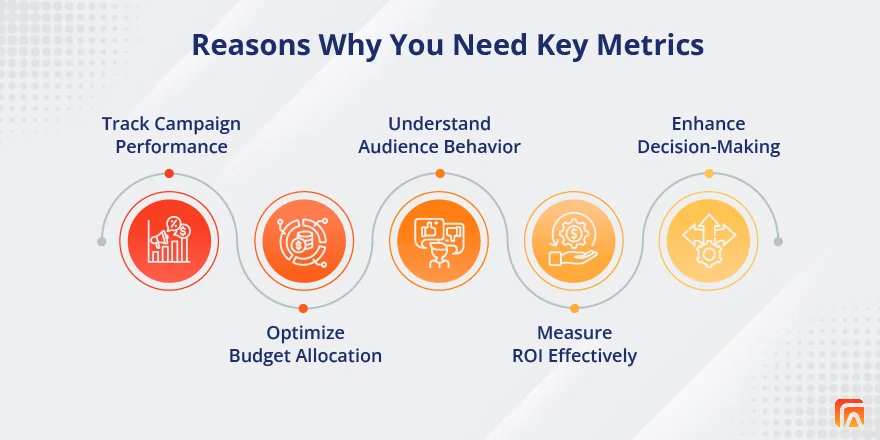It so happens that when you run a digital ad campaign, you get caught up in the excitement of clicks, conversions, and impressions. But is that all that matters? It may seem so in the beginning, but the true performance isn’t as simple and is not reflected in these numbers. It’s more complex than this.
To know how your ad campaign is truly performing, you need to dive deeper into a range of key metrics that give a more accurate result. As digital marketing continues to evolve, so does the way we measure success. That’s where a Demand-Side Platform (DSP) comes into the picture, helping you not only execute campaigns but also gather insightful data to optimize them for better performance.
FlamyAds is a platform that allows marketers to run data-driven campaigns across a wide range of ad inventories. It doesn’t just give you a list of numbers; it lets you understand the story behind those numbers. This blog takes you through the essential campaign performance metrics you should pay attention to when using a DSP and how they can shape the future of your advertising strategy.

Key Metrics to Track
- Impressions and Reach
Let’s start with the basics, impressions. These simply refer to how many times the ad was displayed to the users. It sounds simple to judge, but it’s the first step that really helps you judge how the ad campaign is performing, based on the visibility rate. But impressions alone don’t tell you whether your ad is actually being seen or engaged with. That’s where reach comes in. Reach tells you how many unique individuals have seen your ad, helping you assess if you’re hitting your target audience effectively.
- Click-Through Rate (CTR)
Now that you know that the ad has been viewed, it’s important to know how many people are actually clicking on it. And Click-Through-Rate, or CTR helps with the same. CTR refers to the percentage of people who actually clicked on the ad after viewing it. Higher CTR means more engagement, which is always a great data for the campaign. But again, high CTR also doesn’t guarantee success. Other factors like the relevancy of traffic and whether or not those clicks are turning into conversions is highly important.
- Conversion Rate
Conversion rate is just as important as it sounds. CTR gives you a brief glimpse into the engagement, and how many users clicked on the ad, but it’s the conversion rate that tells you if the clicks led to the desired action, which is sales. A high conversion rate indicates that your ad is not just attracting attention but also compelling users to take action. FlamyAds, you can optimize conversion rates by utilizing data and real-time feedback, ensuring that every click counts towards your campaign’s ultimate goal.
- Cost Per Acquisition (CPA)
Cost plays a very important role in any ad campaign. How much are you paying for a new user or conversion? And Cost Per Acquisition or CPA means just that. It measures the amount you’re spending on each acquisition or conversion. This metric helps you understand the efficiency of your ad spend. For instance, if your CPA is high, it means you’re spending too much per user, which goes to say that your campaign is not thoroughly optimized.
- Return on Ad Spend (ROAS)
ROAS is arguably one of the most important metrics for understanding the profitability of your campaign. It calculates the revenue generated for everything spent on ads. A high ROAS means you’re getting more back than you’re putting in, which is the ultimate goal for most marketers.
Conclusion
Metrics like impressions, CTR, conversion rate, CPA, and ROAS give you a clearer view of how successful your campaign is. So, the platforms also have everything one might need to effectively optimize campaigns-from advanced targeting to real-time analytics-like FlamyAds.
Understanding your data isn’t just about looking at numbers—it’s about interpreting them in a way that leads to smarter, more profitable advertising decisions. With a DSP platform like FlamyAds, you’re equipped to do just that.

